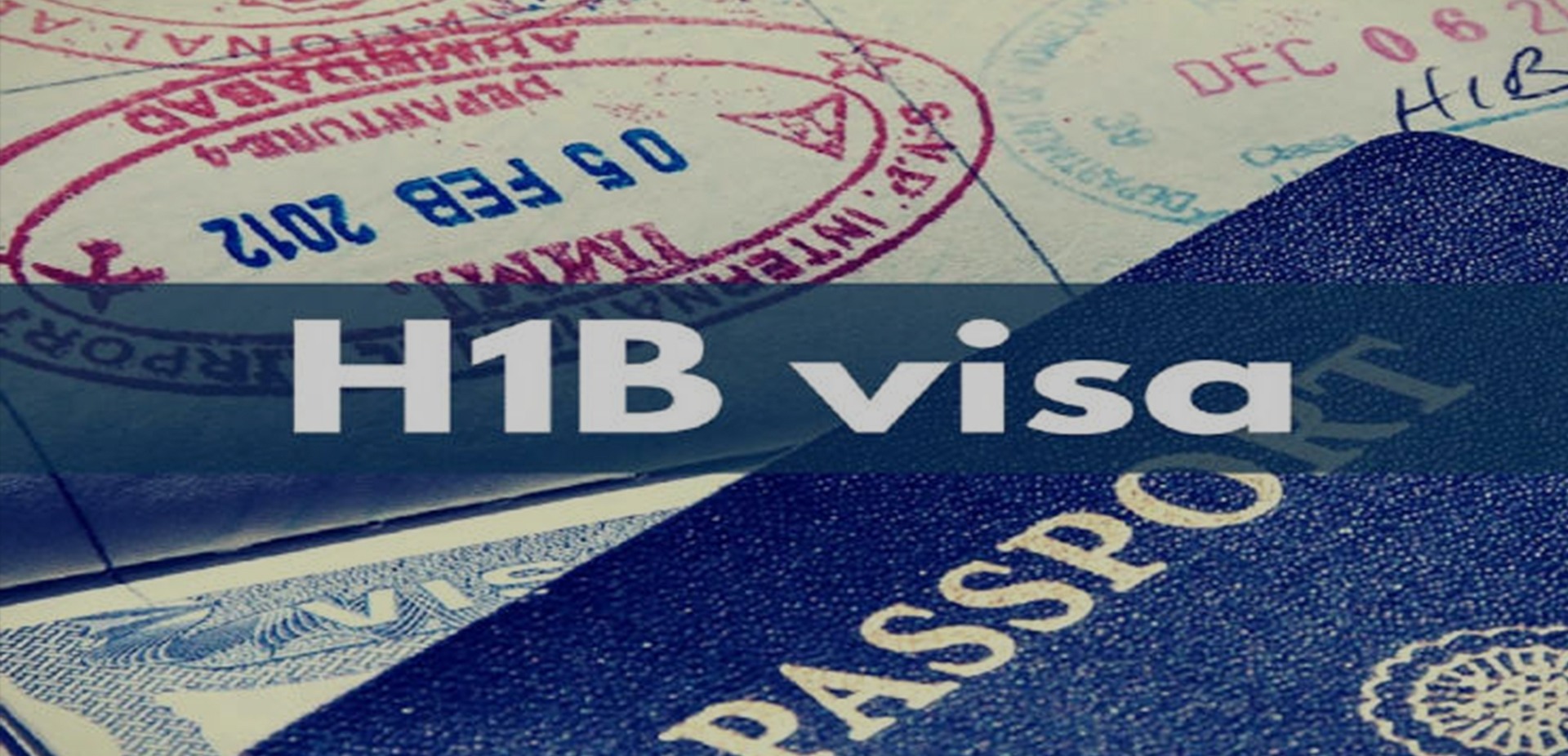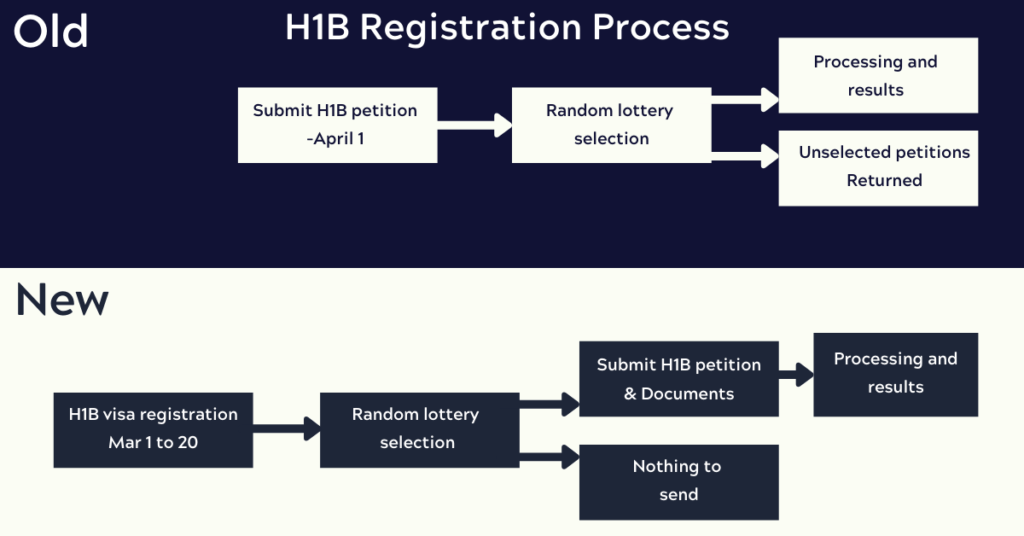
What we know so far:
- Employer applies for an H1B Visa on April 1st every year
- For submitting the application, lots of paperwork and documentation needs to be done
- Total number of H1B Visa per year – 85,000 (65,000 + 20,000)
- Number of Petitions Received every year – 192,918 (based on 5 years average)
- Over 100,000 sets of unused paperwork & wasted man-hours
To eliminate all these troubles, with the upcoming H-1B season, the U. S. Citizenship and Immigration Services (USCIS) has announced the latest improvements and updates in the H-1B process. After announcing the $10 registration fee, USCIS has now released updates on the implementation of pre-registration H-1B for the financial year 2021.
USCIS announced that it has successfully completed a pilot testing phase and will go ahead with the new registration process in the upcoming H-1B lottery. Employers who want to submit H-1B cap-subject petitions for the financial year 2021, including those who qualify for a higher degree exemption, must first register electronically and pay the associated H-1B registration fee of 10 dollars.
The electronic registration process will significantly improve processing by reducing formalities and data exchange and will provide overall savings for petitioners.
As part of this new process, employers seeking H-1B employees, subject to the cap, or their authorized representatives will complete the registration process that only requires necessary information about their company and each requested employee. The initial registration period as per USCIS will be from March 1 to March 20, 2020. If necessary, a random H-1B selection process will be performed on these electronic registrations. Only people with selected registrations will be able to submit H-1B petitions based on the cap.
This means that sponsoring employers would be saved from submitting comprehensive documentation for all lottery applications, only for entry, as is the case currently. The documentation can turn out to be extremely exhaustive for companies that provide IT services and place their H-1B employees at client locations. The applications then go through a random lottery, where selected applications are then processed and approved or rejected.
USCIS estimates that savings resulting from sponsorship of employers will increase by USD 47 million.
A little heads-up for employers
Under the new rules, all H-1B petitions (whether for U.S. Master’s degree holders or not) are considered first under the regular cap of 65,000 visas. Also, all 65,000 non-immigrant H-1B visas are not subject to this annual limit. Each year, a maximum of 6800 visas are allocated to the H-1B1 program, which was designed specifically for the citizens of Chile and Singapore. Unused numbers from the H-1B1 pool are made available for H-1B to be used in the next financial year.
As a result, only 58,200 H-1B visas are granted each year, except for 20,000 additional H-1B visas, which stay reserved for people who have obtained a master’s degree or higher in American colleges or universities. This re-ordering already went into effect this April and will apply in 2020 also.
While Congress has allocated roughly 85,000 H-1B visas per year, we estimate that USCIS will select around 100,000 – 110,000 registrants under the lottery (to account for anticipated denials and withdrawals). In the unlikely event that enough registrants do not apply during the initial period, USCIS will conduct another registration period between March 21, 2020, and March 31, 2020.
To sum it all up the below infographic will give you a visual comparison of both the old and new registration process:

To receive and stay updated about related content:





